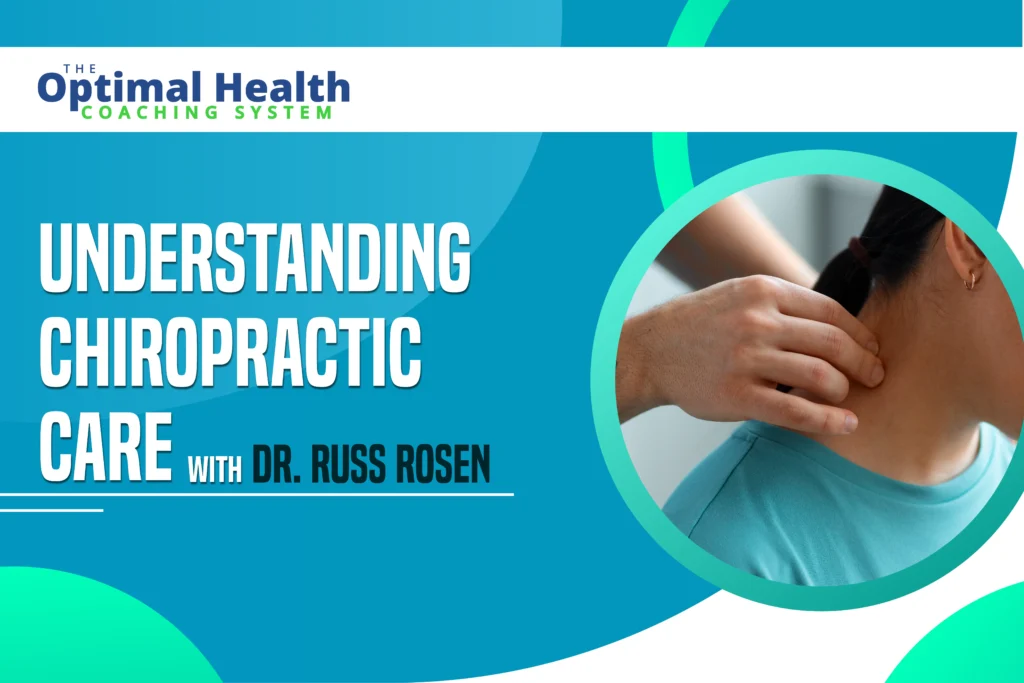Has a patient ever told you that your technique is the “same thing” as another type of doctor they see (like a physio)?
This happened to one of my wellness practice coaching clients recently. It was followed up by a challenge.
“Why should I keep seeing you if my insurance covers this other doctor doing the same thing AND including a massage?”
I asked this doctor about their response, which was both something I hear all the time and not very good.
“Well, I’m a chiropractor, so I’m better at adjusting than other doctors. It’s all I do and I’m better trained on how to adjust in school.”
Personally, I have been “adjusted” by Osteopaths, Massage therapists and Naturopaths who were amazingly talented.
I would have to say it felt just as good as most of the chiropractors I have been “adjusted” by.
You will notice I keep putting the word “adjusted” in quotes.
Are they really “adjusting” us or are they “manipulating” the spine?
And… is there a difference?
For my two cents, there is absolutely a difference, and it is the difference between a Sea Horse and a Saw Horse. They may sound alike, but that’s where the similarity stops.
When we “adjust” the spine we are “adjusting” subluxations.
So, the term “adjust” implies that we are doing something to a SUBLUXATION!
We are NOT manipulating the spine or pounding down the high spots, but in theory, we know:
- what a subluxation is and is not
- how to find them vs. the compensation
- how to adjust them and – most importantly – we can tell if we are gaining ground in the short term or long term.
We may both put a patient in a side posture and give a thrust. And yes, we may have a different intent.
But might we also have a different contact on that vertebrate? A different line of drive, etc.?
Is that above premise true?
Possibly.
The physio could have been trained by a chiropractor. They could have been given direction on subluxation, too. If that IS the case, the real differentiator is how you understand and address those subluxations. I have found that an ALARMING number of chiropractors can’t speak clearly to the ins and outs of subluxation.
